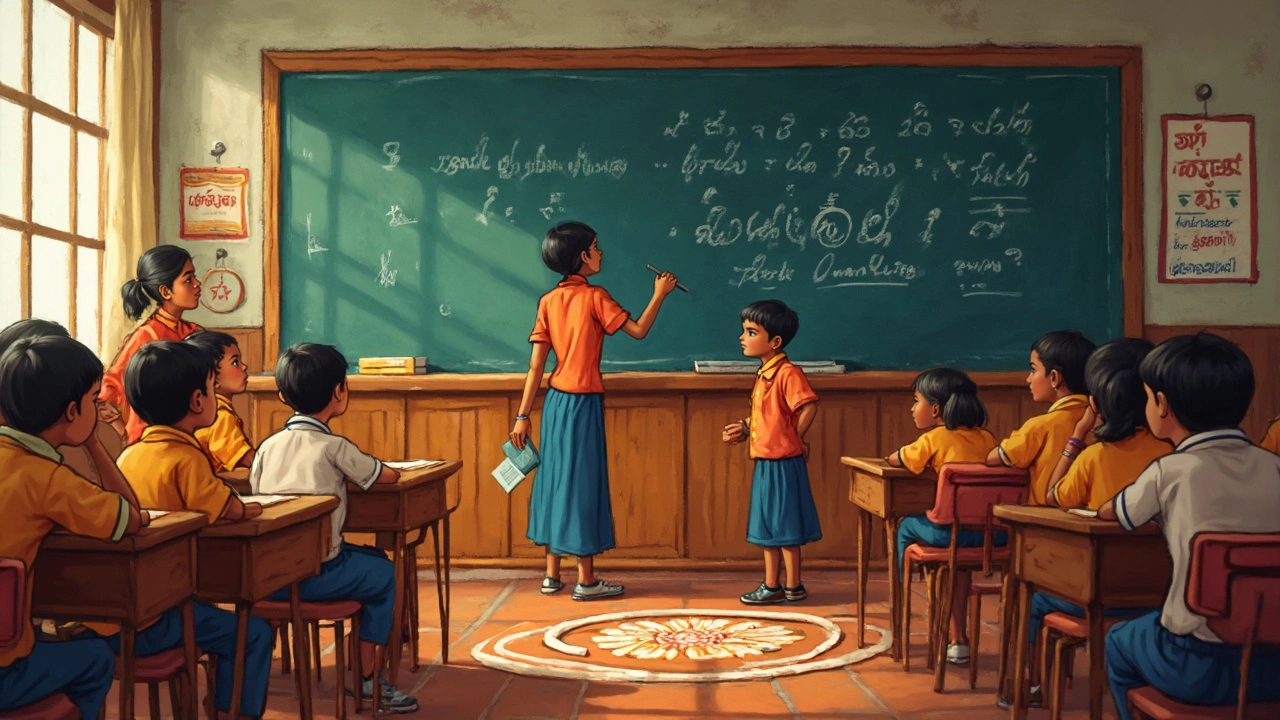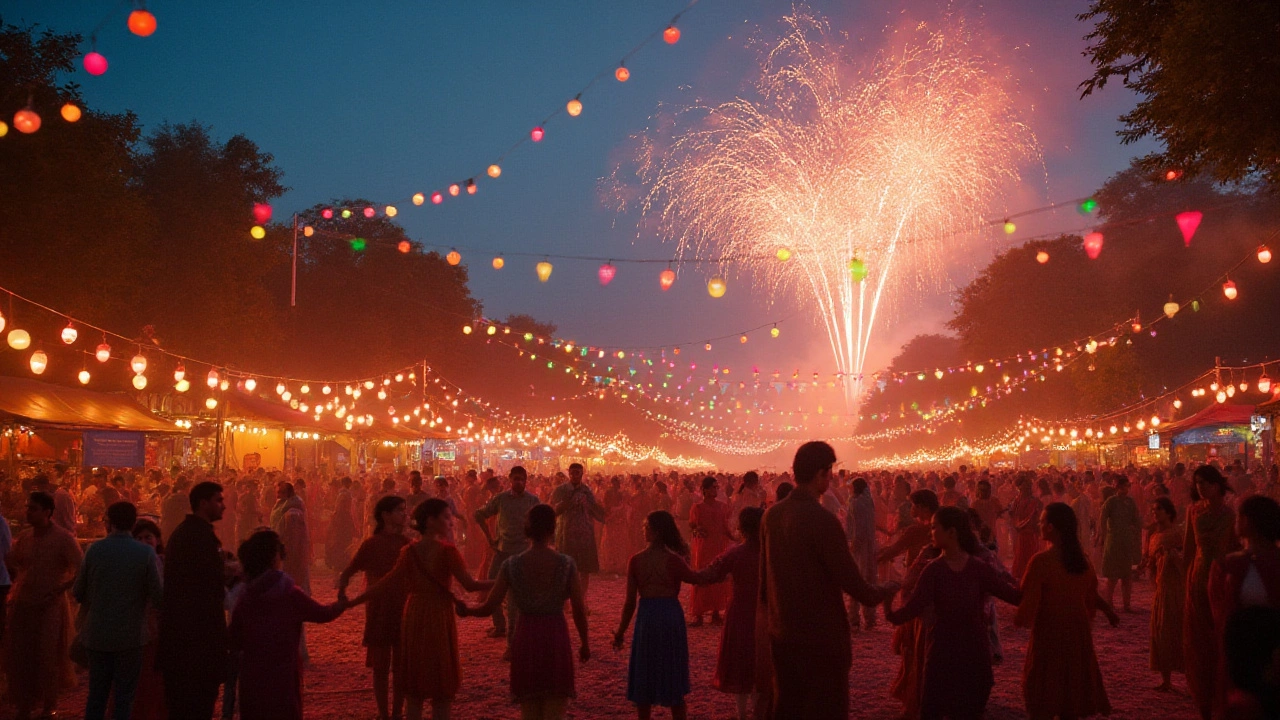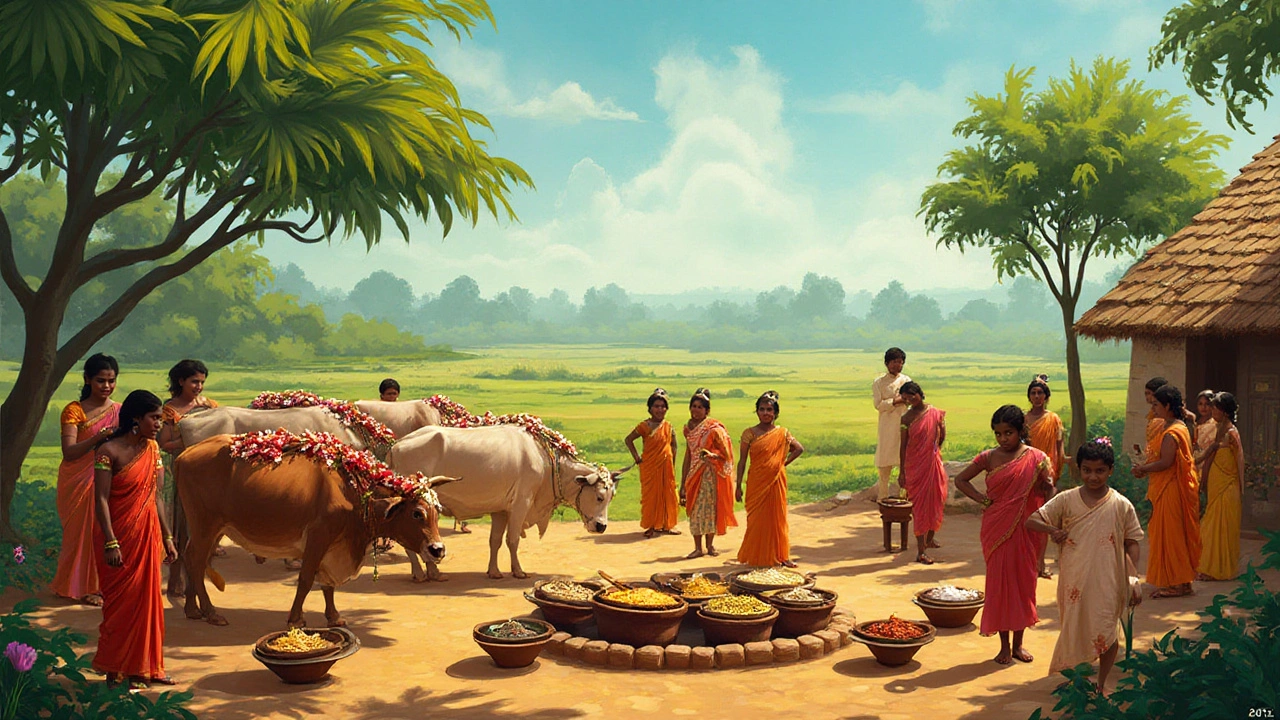
Does Tamil Have Gender? Exploring Language and Culture
This article unpacks how gender works in Tamil, a language rooted deeply in South Indian culture. It looks at whether Tamil has grammatical gender, how gender shows up in words and daily conversation, and how this links to bigger cultural patterns. You’ll find examples from real Tamil sentences, some neat historical tidbits, and practical advice for anyone learning Tamil or just curious about how languages handle gender. Expect clear, down-to-earth answers rather than confusing grammar talk.

Exploring India's Most Celebrated Festival
India, known for its vibrant tapestry of diverse cultures, is home to a myriad of festivals. These celebrations embody the country's rich heritage and bring joy to millions. Among these festivals, there's one that stands out as the most beloved and celebrated across the nation. This article delves into the essence of Indian festivals and examines which could be considered the king of them all.

Exploring Tamilian Beliefs: Traditions and Cultural Richness
The Tamil community, with its rich history, is steeped in a vivid array of beliefs and traditions that span spiritual practices, art, and daily life. From reverence for their language and literature to a deep-rooted connection with nature and celebration of festivals, Tamilians maintain a vibrant cultural tapestry. Their beliefs also emphasize the importance of family, temple worship, and rituals that have been passed down through generations. Exploring these aspects offers insight into a culture that values spirituality, heritage, and communal harmony.